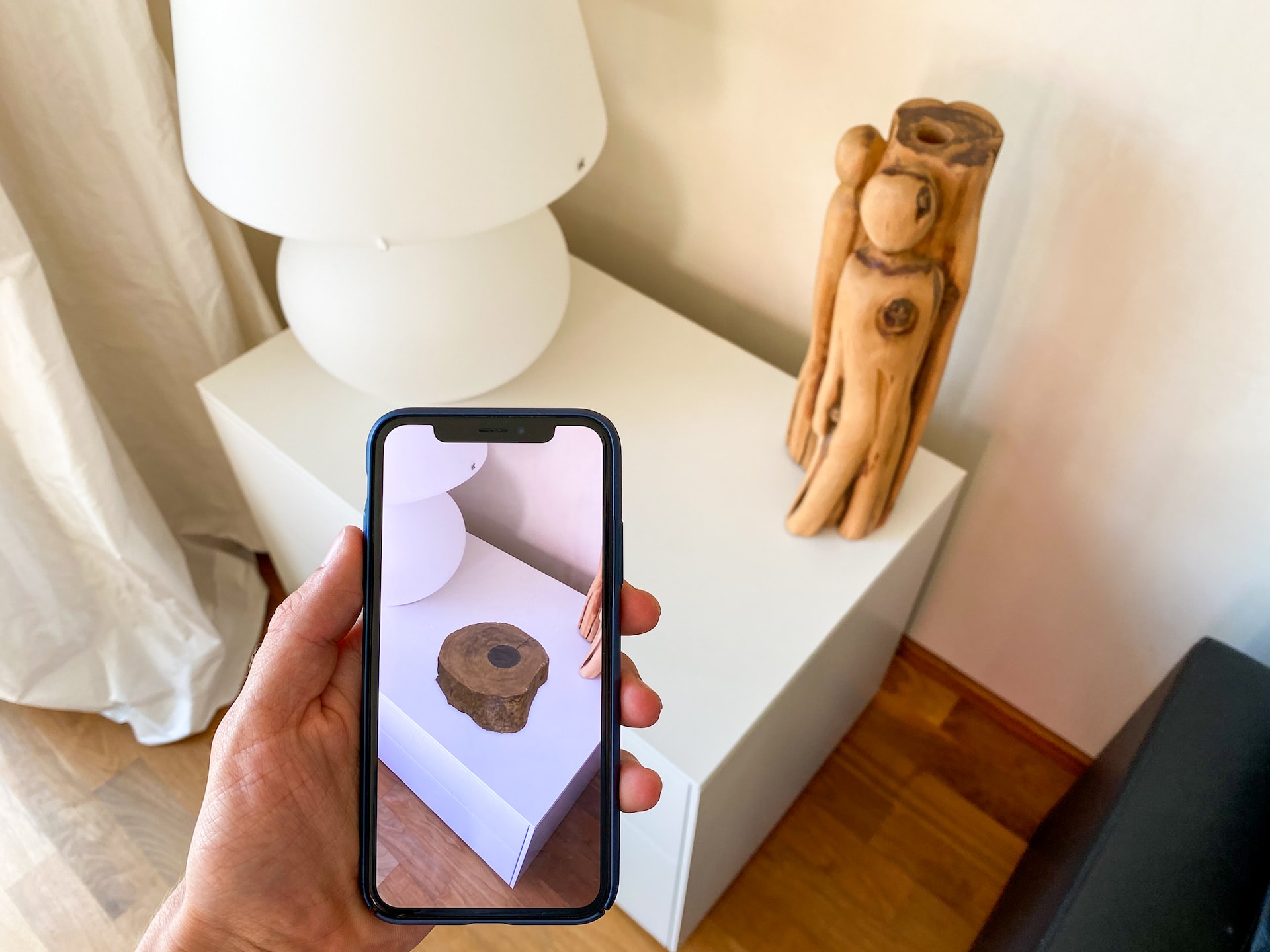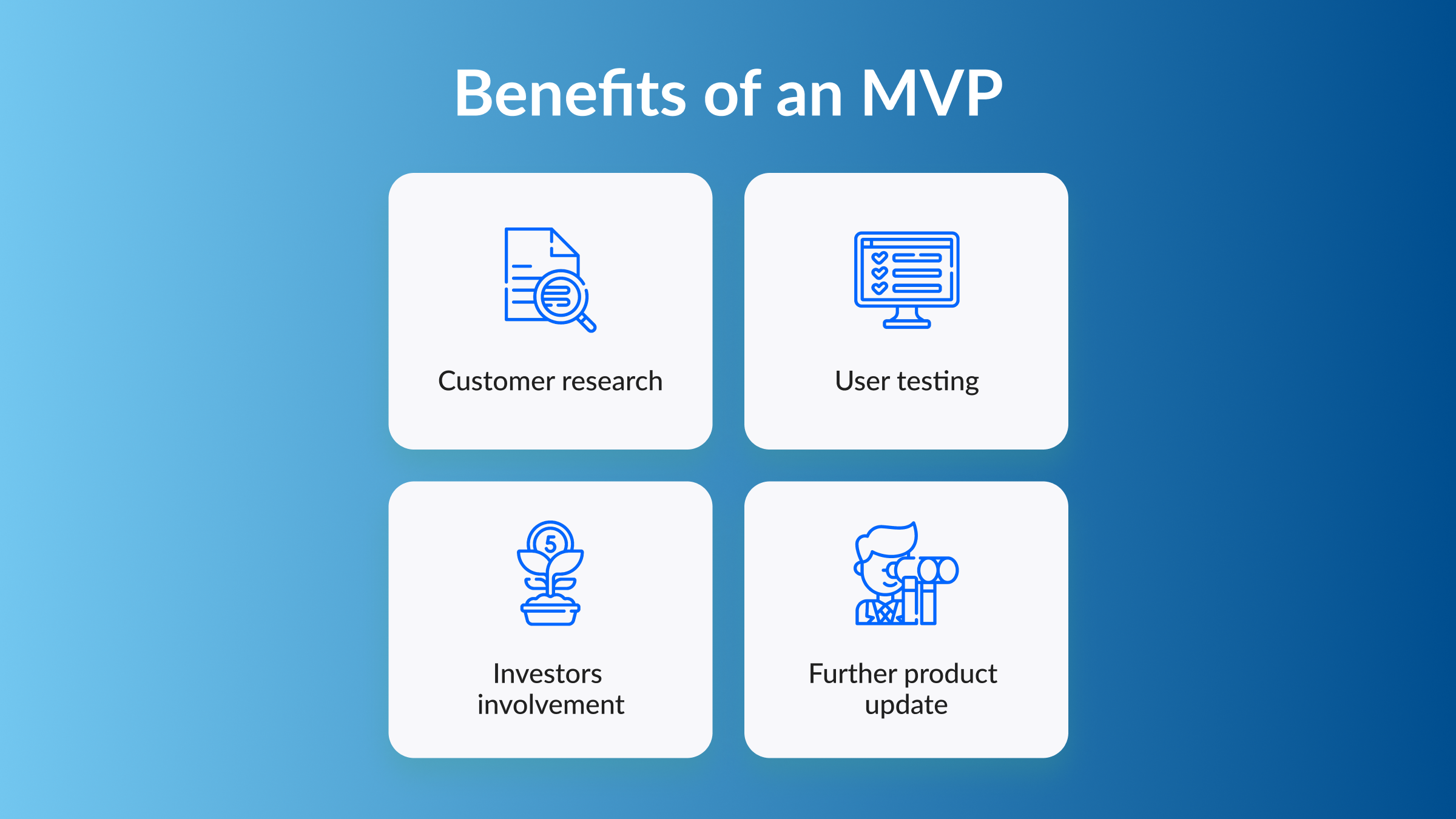Augmented reality (AR) is increasingly gaining popularity every year. As a result, many corporations and startups constantly work to incorporate AR into their operations. Moreover, implementing this technology into educational processes shows especially great results.
This article explores how augmented reality can enhance education, its benefits, case studies of successful implementations, and tips on developing your own AR education solutions.
Challenges and Benefits of Augmented Reality in Education
Educational institutions can significantly increase student engagement and reduce costs by incorporating AR into the classroom.
For example, augmented reality can replace paper textbooks and additional equipment such as whiteboards. All learning materials will be on students’ and teachers’ smartphones or tablets, making education more interactive and exciting.
AR also offers tremendous benefits for professional courses. For sample, engineers can learn how to build or repair an engine in practice using a smartphone or computer.
In this way, the quality of training will increase without the considerable expense of purchasing real prototypes of sophisticated equipment.

Benefits of Augmented Reality in education
Augmented reality in education is simple to use and offers various features. There are many advantages these bring to users, so let’s explore each benefit of augmented reality in education and learning.
- Immersion. Virtual reality has the unique ability to make users feel like they are inside the experience.
- Visualization. AR assists in comprehending information better through visual perception.
- Engagement. Most students prefer to learn through modern technology, such as AR glasses and apps, instead of textbooks. Thus, augmented reality increases their engagement in the learning process.
- Safe practice. AR solutions help specialists in complex professions, such as surgeons or pilots, get their first experience without unnecessary risks using virtual software.
- Collaboration. Augmented reality allows groups of students to work on the same object simultaneously, changing it and adding comments with questions for the teacher.
Challenges of Augmented Reality in education
If you plan to create an AR educational app, you should be aware of the pitfalls you may face.
i). Need for costly gadgets
For AR to function correctly, you need modern devices with enough power to provide smooth animation.
Two ways to overcome this challenge are to purchase the necessary equipment (phones or tablets) from the educational institution or to ask students to use their own devices.
If you provide expert education, your expenditures can grow even more. In addition, different simulators require virtual reality or mixed reality headsets coupled with modern hardware with AR apps. Therefore, when planning expenses, it is also worth considering this point.
ii). Reliable cloud connection
Cloud connections allow students to interact successfully with your AR application. It should provide fast downloads of learning materials at all times. Talk to an experienced software vendor to help you find the best option.
Examples of Augmented Reality in Education
Some institutions have already successfully developed Augmented Reality solutions for education. Let’s look at some samples of thriving AR solutions in education:
Examples of Augmented reality in schools
Some augmented reality solutions are already being used successfully in public and private schools, positively impacting the learning process.

1. Complete Anatomy
Complete Anatomy is an interactive medical program with 17,000 3D anatomical models. Students can digitally manipulate them all.
Augmented reality offers a powerful learning experience, allowing students and physicians to learn the virtual anatomy of the body. With the app, they can identify muscles, observe their movements, break down complex bones into smaller pieces, and study different layers of bones.
2. JigSpace
JigSpace is an application that allows you to make presentations using AR technology. Augmented reality enables users to put 3D models into the app, place them on slides, customize them, and introduce them to the audience.
Enterprises use JigSpace to quickly create prototypes and present products to investors, while educational institutions use it for visual courses and content visualization.
3. Star Chart
Star Chart is another educational AR app for astronomy lovers. When students point their devices at the sky, the app highlights the constellation displayed and offers a detailed explanation. It also provides information related to individual stars.

Examples of AR technology in training
Businesses can use AR, for example, for employee training or internships. Some companies are already successfully using augmented reality technology in training:
1. Japan Airlines
Microsoft has created virtual reality software for Japan Airlines that allows flight crews to practice scenarios close to the real thing.
Previously, new pilots had to watch numerous training videos before entering the cockpit and getting a feel for the plane. With Microsoft Hololens, the crew can learn the basics of engine operation and airplane control in a hands-on, risk-free way.
2. Siemens
Siemens uses the AR training application to train its employees in welding. The software mirrors the welding system using exclusive barcodes and projects the results onto the AR tool and the tutor’s monitor.
At the end of the training, the software shows the accuracy of the exercise, allowing the trainee to identify any problem areas.
3. Jaguar Land Rover
Jaguar Land Rover (JLR) has partnered with Re’Flekt to make real-world employee training more cost-effective. Augmented reality will give JLR employees an insight into the vehicle’s inner workings without having to dismantle and reinstall its parts.
How is Augmented Reality used in Education?
To turn your idea for an AR learning app into an actual product, you should know all the steps necessary to deploy augmented reality in education successfully.
1. Determining your target audience
Before moving forward with your product, it is essential to define your target audience. So before you approve the feature list, ask your software vendor to conduct research.
For example, if you plan to create highly specialized training software, you should immediately cooperate with the company for which you will do it to take into account all their wishes. On the other hand, your application may be more general if you aim at AR for schools and other educational institutions.
2. Validating an idea
To appreciate the value of your concept, you must garner early feedback. Make a business plan, build a working exemplar of your product, and reach out to investors.
For startups, it is essential to respect all the demands of investors. Nevertheless, investors’ views may vary from yours. Possessors may wish to redesign many facets or even alter the entire notion of the AR learning application.
3. Starting with MVP
The Minimum Viable Product (MVP) is the preliminary version of the product, including only basic functions. Such a solution has a vast of benefits.
You can build an MVP to determine if your idea is good and collect first feedback. You can also save costs by suspending the project early on if it isn’t popular among your desired audience. Developing an MVP requires less time than a full-fledged product, so it’ll be cheaper in the long run.

4. Choosing the appropriate tech stack
Two technologies are most commonly used to develop augmented reality solutions:
ARCore – This platform from Google allows you to create AR applications for Android. It uses motion tracking, environmental awareness, and light estimating. Combining these approaches enables you to develop high-quality software that effectively integrates virtual content into the real world.
ARKit – This technology is analogous to ARCore, used for andOS applications with augmented reality. Their differences are minimal.
Your technical partner can help you with the choice of the best technology.
Conclusion
Augmented reality is the technology of the future. Augmented Reality in education can take learning to a new level. If you have an idea, contact a reliable software vendor to implement it and make the most of the growing popularity of AR solutions.
Yuliya Melnik is a technical writer and a contributor at Honeypot, WebDataRocks, CloudTweaks, ThinkDataAnalytics, DataFlareUp, Technewsgather, Techy Gossips, Cllax, Dev.to, Medium, and other platforms.

